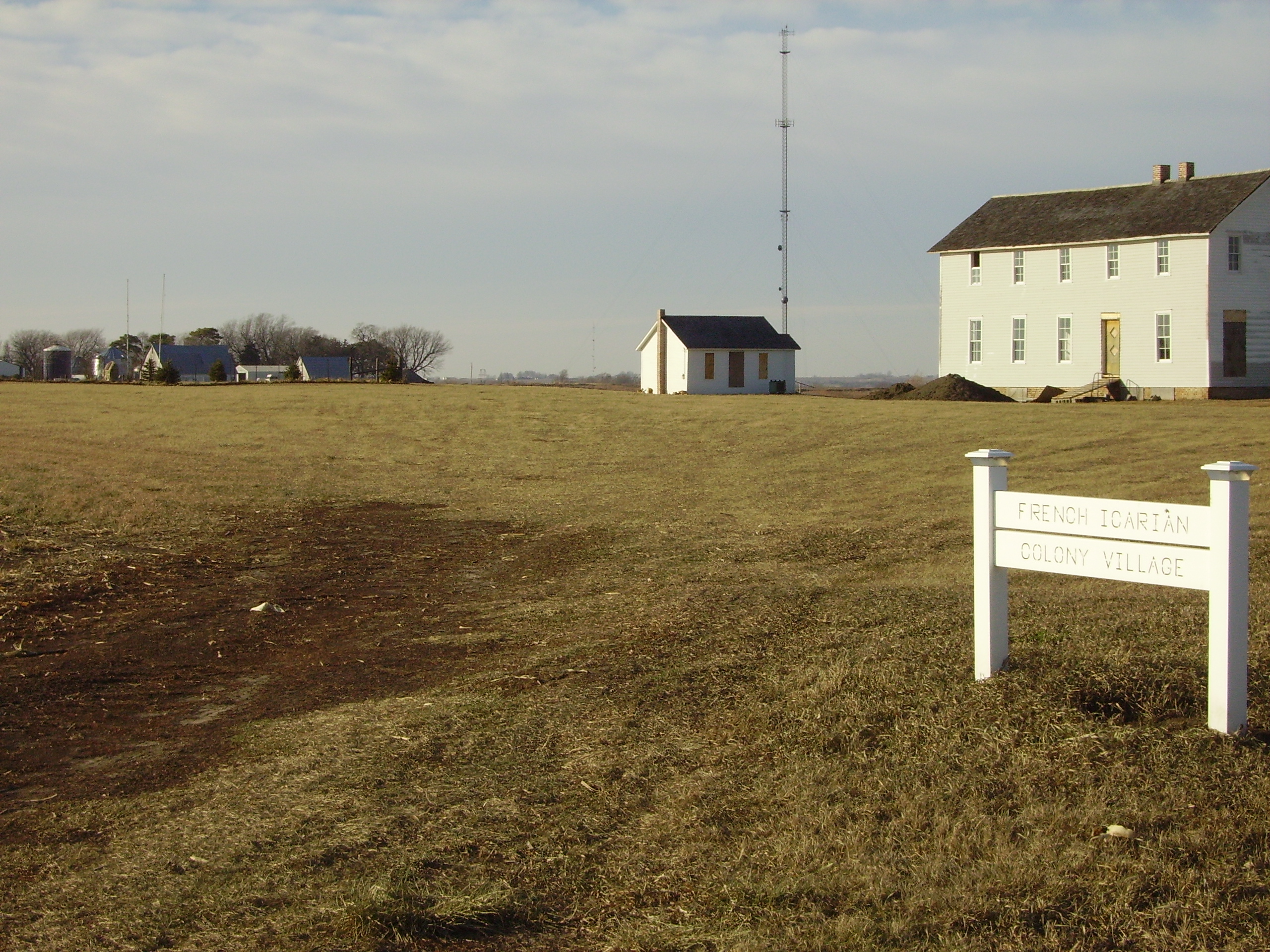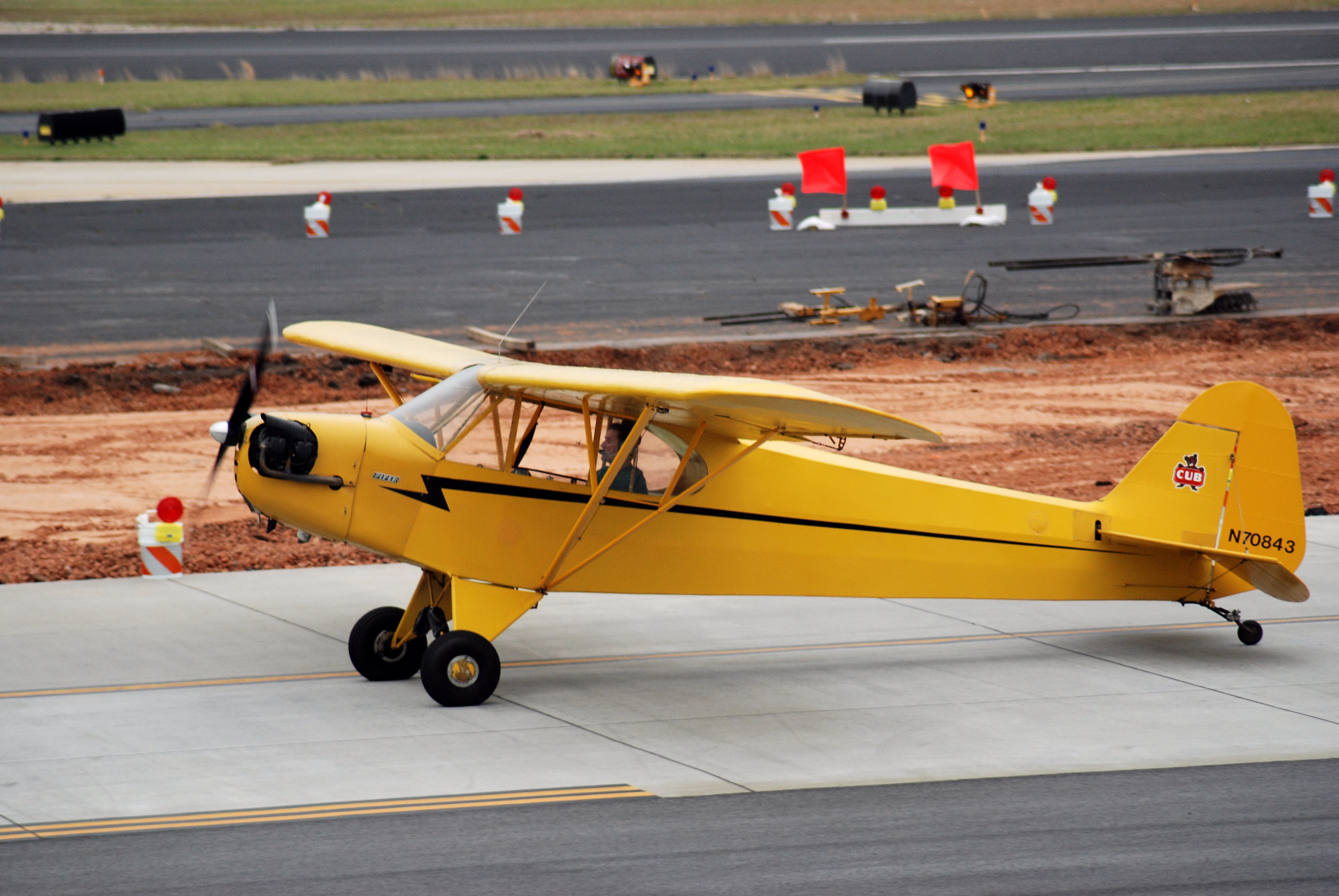|
Pietenpol Aircamper
The Pietenpol Air Camper is a simple parasol wing homebuilt aircraft designed by Bernard H. Pietenpol. The first prototype that became the Air Camper was built and flown by Pietenpol in 1928.Bowers, Peter M.: ''Guide to Homebuilts'', 9th Edition, pages 10-12. Tab Books, 1984. Plane and Pilot: ''1978 Aircraft Directory'', page 150. Werner & Werner Corp Publishing, 1978. Bayerl, Robby; Martin Berkemeier; et al: ''World Directory of Leisure Aviation 2011-12'', page 115. WDLA UK, Lancaster UK, 2011. ISSN 1368-485XTacke, Willi; Marino Boric; et al: ''World Directory of Light Aviation 2015-16'', page 121. Flying Pages Europe SARL, 2015. Development The Air Camper was designed to be built of spruce and plywood. One of Pietenpol's goals was to create a plane that was affordable and easy to construct for home builders. Building an Air Camper requires basic woodworking skills and tools. Builders also need to fabricate some metal fittings to attach the wooden parts together. Some we ... [...More Info...] [...Related Items...] OR: [Wikipedia] [Google] [Baidu] |
Homebuilt Aircraft
Homebuilt aircraft, also known as amateur-built aircraft or kit planes, are constructed by persons for whom this is not a professional activity. These aircraft may be constructed from "scratch", from plans, or from assembly kits.Armstrong, Kenneth: ''Choosing Your Homebuilt - the one you will finish and fly! Second Edition'', pp. 39–52. Butterfield Press, 1993. Peter M Bowers: ''Guide to Homebuilts - Ninth Edition''. TAB Books, Blue Ridge Summit PA, 1984. Overview In the United States, Brazil, Australia, New Zealand and South Africa, homebuilt aircraft may be licensed Experimental under FAA or similar local regulations. With some limitations, the builder(s) of the aircraft must have done it for their own education and recreation rather than for profit. In the U.S., the primary builder can also apply for a repairman's certificate for that airframe. The repairman's certificate allows the holder to perform and sign off on most of the maintenance, repairs, and inspections themsel ... [...More Info...] [...Related Items...] OR: [Wikipedia] [Google] [Baidu] |
Continental O-170
The Continental O-170 engine is the collective military designation for a family of small aircraft engines, known under the company designation of A50, A65, A75 and A80. The line was designed and built by Continental Motors commencing in the 1940s. It was employed as the powerplant for civil and military light aircraft.Christy (1983) The horizontally opposed, four-cylinder engines in this family are all identical in appearance, bore, stroke, dry weight, and piston displacement. All feature a bottom-mounted updraft carburetor fuel delivery system. The higher power variants differ only in compression ratio and maximum allowable rpm, plus minor modifications. The lower power versions are fully convertible to the higher rated versions. Design and development In all models of this family of engines the cylinder heads are of aluminum alloy, screwed and shrunk onto steel barrels. Spark plug inserts and intake valve seats are made from aluminum-bronze alloy, while the exhaust valve sea ... [...More Info...] [...Related Items...] OR: [Wikipedia] [Google] [Baidu] |
Fuselage
The fuselage (; from the French ''fuselé'' "spindle-shaped") is an aircraft's main body section. It holds crew, passengers, or cargo. In single-engine aircraft, it will usually contain an engine as well, although in some amphibious aircraft the single engine is mounted on a pylon attached to the fuselage, which in turn is used as a floating hull. The fuselage also serves to position the control and stabilization surfaces in specific relationships to lifting surfaces, which is required for aircraft stability and maneuverability. Types of structures Truss structure This type of structure is still in use in many lightweight aircraft using welded steel tube trusses. A box truss fuselage structure can also be built out of wood—often covered with plywood. Simple box structures may be rounded by the addition of supported lightweight stringers, allowing the fabric covering to form a more aerodynamic shape, or one more pleasing to the eye. Geodesic construction Geo ... [...More Info...] [...Related Items...] OR: [Wikipedia] [Google] [Baidu] |
Corning, Iowa
Corning is a city in Quincy Township, Adams County, Iowa, Quincy Township, Adams County, Iowa, Adams County, Iowa, United States. The population was 1,564 at the 2020 United States Census, 2020 census. It is the county seat of Adams County. Corning is located just north of the intersection of U.S. Route 34 in Iowa, U.S. Route 34 and Iowa Highway 148. Corning is perhaps best known as the birthplace of Johnny Carson. Daniel Webster Turner, who was List of governors of Iowa, governor of Iowa from 1931 to 1933, was born in Corning on March 17, 1877. History French Icarian settlement The first European settlers here were a group of French people, French Icarians who came from Nauvoo, Illinois in 1852; they established a community near Lake Icaria, north of Corning in 1854. The new state of Iowa gave the town of "Icaria" a corporate charter in 1860. This community was dedicated to the utopian principles of Etienne Cabet and the democratic principles of the American Revolution and t ... [...More Info...] [...Related Items...] OR: [Wikipedia] [Google] [Baidu] |
St Croix Aircraft
St Croix Aircraft, was an American manufacturer of wooden propellers for homebuilt and ultralight aircraft and a supplier of aircraft plans and kits. The company headquarters was located in Corning, Iowa.Purdy, Don: ''AeroCrafter - Homebuilt Aircraft Sourcebook'', pages 85 and 247. BAI Communications. Cliche, Andre: ''Ultralight Aircraft Shopper's Guide'' 8th Edition, page E-15. Cybair Limited Publishing, 2001. Downey, Julia: ''1999 Plans Aircraft Directory'', Kitplanes, Volume 16, Number 1, January 1999, page 67. Primedia Publications. ISSN 0891-1851 The company's propellers were constructed from birch, maple and walnut and available in with two to five blades, in diameters up to for engines up to St Croix is probably best known for its Excelsior ultralight aircraft design. Aircraft * Aerial * AirCamper *Excelsior *Sopwith Triplane The Sopwith Triplane was a British single seat fighter aircraft designed and manufactured by the Sopwith Aviation Company during the First ... [...More Info...] [...Related Items...] OR: [Wikipedia] [Google] [Baidu] |
Piper Cub
The Piper J-3 Cub is an American light aircraft that was built between 1938 and 1947 by Piper Aircraft. The aircraft has a simple, lightweight design which gives it good low-speed handling properties and short-field performance. The Cub is Piper Aircraft's most-produced model, with nearly 20,000 built in the United States. Its simplicity, affordability and popularity invokes comparisons to the Ford Model T automobile. The aircraft is a high-wing, strut-braced monoplane with a large-area rectangular wing. It is most often powered by an air-cooled, flat-4 piston engine driving a fixed-pitch propeller. Its fuselage is a welded steel frame covered in fabric, seating two people in tandem. The Cub was designed as a trainer. It had great popularity in this role and as a general aviation aircraft. Due to its performance, it was well suited for a variety of military uses such as reconnaissance, liaison and ground control. It was produced in large numbers during World War II as the ... [...More Info...] [...Related Items...] OR: [Wikipedia] [Google] [Baidu] |
Grega Aircamper
The Grega GN-1 Aircamper was a light aircraft developed in the United States in the early 1960s, originally as a personal project of its designer, but later marketed in plans form for homebuilding. John W. Grega initially set out to create a modernised version of the Pietenpol Air Camper using structural components from a Piper Cub but incorporating them into a new fuselage design based on the Pietenpol original. Two wings were designed, one based on the Cub wing, and another as a modernised version of the Pietenpol wing. Specifications (GN-1) See also References * * 1960s United States sport aircraft Homebuilt aircraft High-wing aircraft Single-engined tractor aircraft Aircraft first flown in 1963 {{aero-1960s-stub ... [...More Info...] [...Related Items...] OR: [Wikipedia] [Google] [Baidu] |
Light Aircraft Association
The Light Aircraft Association (LAA) is the representative body in the United Kingdom for amateur aircraft construction, and recreational and sport flying. It oversees the construction and maintenance of homebuilt aircraft, under an approval from the UK Civil Aviation Authority (CAA). The LAA was formerly known as the Popular Flying Association and was originally founded in 1946 as the Ultralight Aircraft Association. LAA Permit regime The regime for approving amateur-built aircraft in the United Kingdom differs from that in many other countries, of which the United States is the prime example. Instead of the FAA's Experimental airworthiness category, under which an amateur may design, build and operate (and is ultimately responsible for) an aircraft 'for experimental purposes', the UK CAA is required to investigate any such aircraft's 'fitness to fly' and to issue a 'Permit to Fly' when satisfied. The LAA is approved by the CAA to make recommendations for and to revalidate such Pe ... [...More Info...] [...Related Items...] OR: [Wikipedia] [Google] [Baidu] |
Aircraft Fabric Covering
Aircraft fabric covering is a term used for both the material used and the process of covering aircraft open structures. It is also used for reinforcing closed plywood structures. The de Havilland Mosquito is an example of this technique, as are the pioneering all-wood monocoque fuselages of certain World War I German aircraft like the LFG Roland C.II in its wrapped ''Wickelrumpf'' plywood strip and fabric covering. Early aircraft used organic materials such as cotton and cellulose nitrate dope; modern fabric-covered designs usually use synthetic materials such as Dacron and butyrate dope for adhesive. Modern methods are often used in the restoration of older types that were originally covered using traditional methods. Purpose/requirements The purposes of the fabric covering of an aircraft are: * To provide a light airproof skin for lifting and control surfaces. * To provide structural strength to otherwise weak structures. * To cover other non-lifting parts of an airc ... [...More Info...] [...Related Items...] OR: [Wikipedia] [Google] [Baidu] |
Aircraft Dope
Aircraft dope is a plasticised lacquer that is applied to fabric-covered aircraft. It tightens and stiffens fabric stretched over airframes, which renders them airtight and weatherproof, increasing their durability and lifespan.Crane, Dale: ''Dictionary of Aeronautical Terms, third edition'', page 170. Aviation Supplies & Academics, 1997. The technique has been commonly applied to both full-size and flying models of aircraft. Attributes Doping techniques have been employed in aircraft construction since the dawn of heavier-than-air flight; the fabric of the ground-breaking Wright Flyer had benefitted from doping, as did many of the aircraft that soon followed. Without the application of dope, fabric coverings lacked durability while being highly flammable, both factors rendering them far less viable. By the 1910s, a wide variety of doping agents had entered widespread use while entirely original formulas were being regularly introduced in the industry. Typical doping agents in ... [...More Info...] [...Related Items...] OR: [Wikipedia] [Google] [Baidu] |
Aircraft Spruce & Specialty
Aircraft Spruce & Specialty Co. is an American producer of aircraft parts and services including plans for homebuilt aircraft. History Aircraft Spruce Co. was founded in 1965 by Bob and Flo Irwin as a follow-on to founding Fullerton Air Parts. Initially the company sold only one product: aircraft grade spruce lumber for aircraft construction and restoration. Aircraft Spruce Co. added more products and adopted the name Aircraft Spruce & Specialty Co. Jim Irwin, Bob and Flo's older son, managed kit programs such as the Vari-Eze in 1975 while still in college. In 1978 Jim acquired the company, and he became president in 1980. Aircraft Spruce was housed in Fullerton, California, from 1965 until 1997 in a historic Fullerton former citrus packing house. It then moved to a facility in Corona, California. Aircraft Spruce East moved to a new facility in Peachtree City, Georgia, in 2004. Aircraft Spruce Canada was opened in Toronto in 2006, and moved to the Brantford, Ontario Ai ... [...More Info...] [...Related Items...] OR: [Wikipedia] [Google] [Baidu] |


.jpg)



